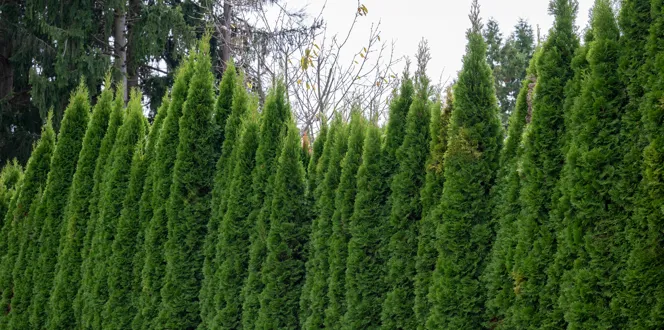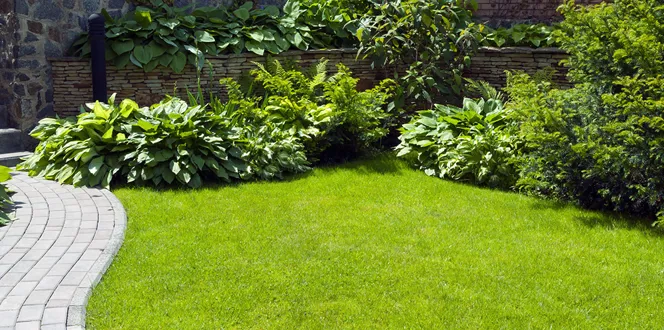Lush, green lawns are a summertime staple. We spread fall fertilizer and sprinkle lots of grass seeds in anticipation of thick and healthy turf.
But some things that help our lawns look pristine can fall through the cracks—like the all-important pre-emergent herbicide.
If you didn’t apply pre-emergent in spring, your lawn can become overrun by crabgrass. While it is best to stop crabgrass before it sprouts, you can try to get rid of it in summer with these steps!
How To Manage Crabgrass In Summer (With & Without Chemicals)
What Does Crabgrass Look Like?
Crabgrass is a coarse, clumpy weed that looks like yellow or light green grass blades. Not only is it unattractive, but it’s also bad for your lawn’s health.
Why Is Crabgrass Bad?
Crabgrass has a way of taking over turf and making it harder for healthy grass to grow. That’s because the weed outcompetes grass for limited resources during the summer months.
How To Get Rid Of Crabgrass Without Chemicals
Crabgrass dies on its own each year in the fall. If you can wait it out, the weed will be gone by winter, and crabgrass is not likely to return if you apply a pre-emergent next spring.
Or you can pull out small crabgrass infestations by hand. Then, follow it up with healthy lawn care habits to lessen its chances of returning.
Here’s How:
- Pull the crabgrass up—roots and all. If it’s difficult to remove, water the lawn to loosen the soil.
- Seed the lawn to fill bare areas. If you recently used a weed killer on your lawn, wait at least a month before reseeding.
- Deeply water your lawn one or two times per week.
- When mowing, keep the grass at about three inches tall (depending on your turf type). Then, leave grass clippings behind to add natural nutrients and shade for the soil.
- Next spring, apply a pre-emergent around the time your flowers and trees bloom.
Managing Crabgrass With A Post-Emergent
If crabgrass is taking over your lawn, a chemical treatment is likely the better option. It would take forever to hand pull all those weeds!
But, some states restrict this option to licensed professionals. Be sure to check local regulations and call in a local arborist, accordingly.
Keep in mind, too, that applying a post-emergent on your own can be tricky. Some herbicides can harm your grass if used incorrectly, and you must use a treatment made for the specific turf you have for the best results.







